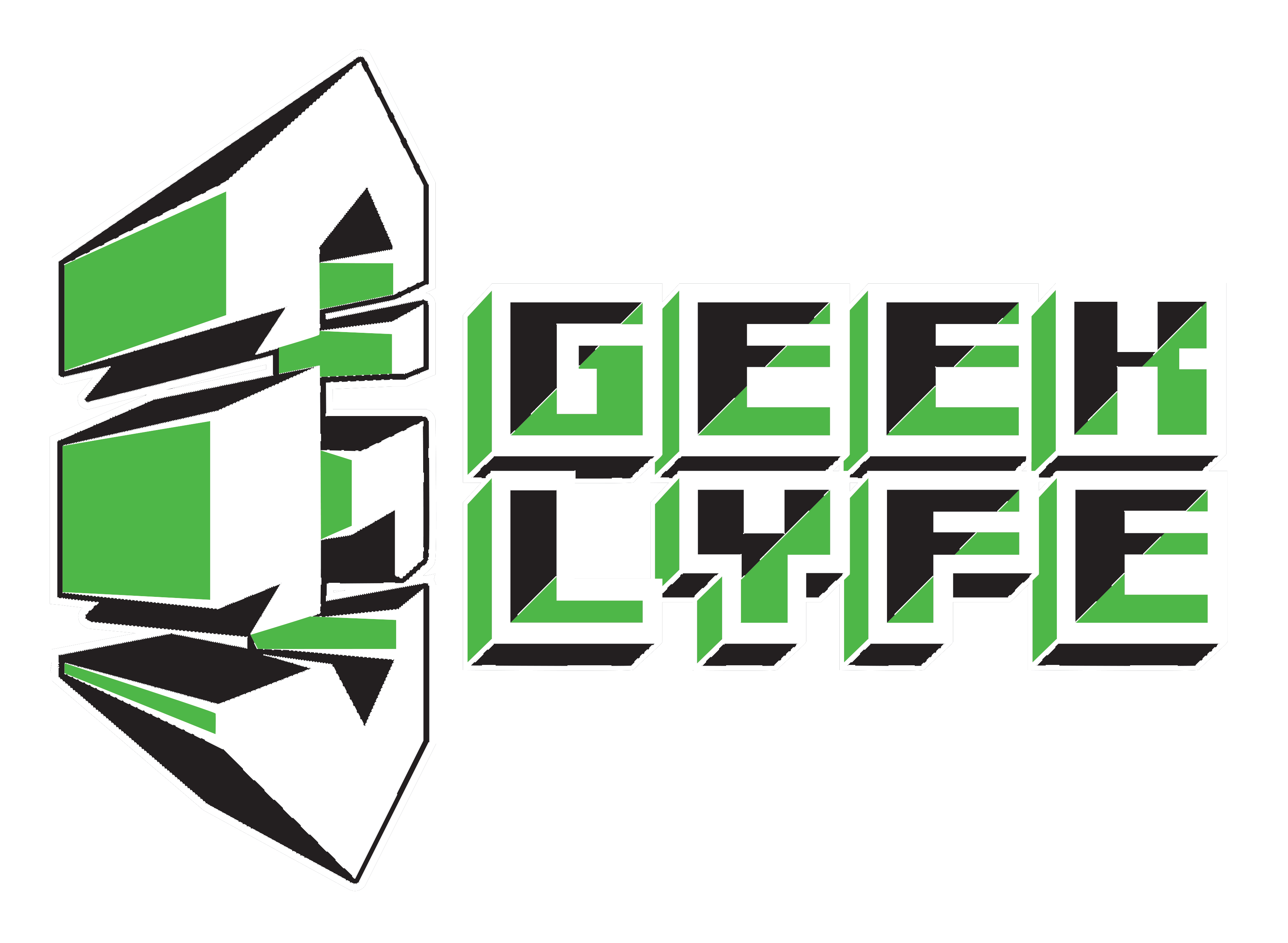
As the online gaming community gears up for the seventh expansion set release of World of Warcraft, it’s the ideal time to look back at the history of this monumental gaming franchise and ponder its future in an era where the gaming landscape is changing by the hour. The original World of Warcraft is regarded as one of, if not the biggest, massively-multiplayer online role-playing games (MMORPG) of all time. With 12 million subscribers to the game at its peak in 2010, the game’s developers, Blizzard Entertainment confirmed there were still 5.5 million active subscribers in October 2015. Aside from the game itself, the World of Warcraft theme has also inspired a generation of cosplayers around the world.
Not only has World of Warcraft managed to successfully retain a solid core of subscribers to its game over the years but it has also raked in ground-breaking sums of revenue for Blizzard Entertainment. In total, it has generated $9.23 billion in revenue, placing it near the top of the leader board as one of the highest-grossing video games of all time. The continued demand for World of Warcraft expansion packs, such as the upcoming Battle for Azeroth addition that’s released on 14th August, flies in the face of video gaming trends that see gamers demand high-definition quality visuals and audio. When you consider that World of Warcraft has somewhat ancient graphics, with none of the cinematic cut-scenes or realistic three-dimensional characters that you’ll find elsewhere, it’s a testament to the game play and Blizzard’s ability to update assets and keep gamers hooked.
Why World of Warcraft’s timeless gameplay is the key to its longevity
Gameplay is still an essential part of the appeal of video games in general for gamers, particularly the millennial generation. Skill-based video games that deliver immersive experiences are what matter most to millennials. The ability to complete missions and achievements to ‘level up’ and unlock new missions and enhance a character’s skill set is what gives the new generation of gamers the biggest thrill. PC Gamer said 2017 was one of World of Warcraft’s best, thanks to the release of two significant updates, featuring new quests, zones, raids and dungeons, ensuring there was never a shortage of challenges for skill-based gamers. The focus on skill-based gameplay has overlapped into alternative forms of online gaming too, including the iGaming industry. Betway believes the future of slots is to incorporate skill features that keep millennials entertained. It’s clear that more puzzle-like, engaging gameplay is key to future success. Even recent releases based on existing properties like Hitman Go and Tomb Raider Go employed similar aspects, far removed from the original games’ styles.
Another reason that World of Warcraft is likely to stick around for as long as we want it is that Blizzard Entertainment simply get what their subscribers demand from the franchise. At last year’s BlizzCon, it was announced that the studio would be developing a classic server option, rewarding long-serving players with the option of reverting back to the vanilla style of play before any of its expansion packs existed. This move is also a wonderful opportunity for millennial gamers that are new to the franchise to understand its original appeal. That’s because the leveling experience for newcomers to the latest versions of World of Warcraft can be somewhat off-putting.
Understandably, Blizzard focuses much of its resources on incentivising its veteran base of players at the very top of the level cap. When it comes to newcomers starting from the bottom, they have to contend with outdated content interspersed with new content and a leveling infrastructure geared to accelerate players to the end of the game rather than providing a genuine challenge that millennials crave. Fortunately, the next expansion will bring changes to the game play and seek to minimize the statistics used in-game, reducing item level numbers to make space for future additions.
What can we expect from Battle for Azeroth?
Although Battle for Azeroth has been available for World of Warcraft fanatics to pre-order since the end of January, many have had to wait a long time to get their hands on the sequel to the seventh expansion pack Legion. In a bid to further engage millennial gamers, as well as the long-standing ‘originals’, Battle for Azeroth will ramp up the level cap from 110 to 120, as well as implement two exciting new continents in the shape of Zandalar and Kul Tiras. There’ll also be ten new dungeons in Patch 8.0.
The future for World of Warcraft remains incredibly bright. While many WoW imitators have attempted to improve on Blizzard’s work and fallen by the wayside, WoW’s gaming engine continues to excite. When Blizzard celebrated the franchise’s tenth anniversary back in 2014, one of the studio’s lead designers, Ion Hazzikostas said in an interview with CNET that there will “definitely be” a 20th anniversary for the franchise. We look forward to what the future holds in 2024.
Chicano | Fighting/Writing for Diversity | DM since 08 | Anime Lover | Site: https://www.thegeeklyfe.com | info@thegeeklyfe.com | http://twitch.tv/that_deangelo | https://linktr.ee/deangelomurillo





Nikki_boagreis
Enjoyed reading this thank’s for submitting this post always enjoy new upcoming post!